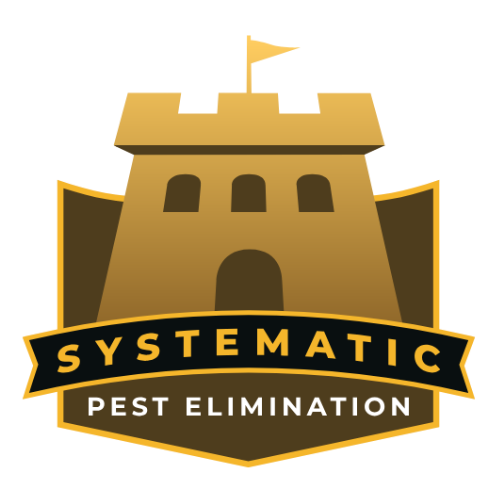New York City, often referred to as the culinary capital of the world, is home to an extensive and diverse restaurant scene. From corner delis to Michelin-starred establishments, the city’s dining options are as varied as its residents. With millions of residents and tourists dining out daily, it’s imperative to maintain strict standards of food safety and hygiene. That’s where restaurant health inspections come into play, ensuring that these dining experiences remain safe and enjoyable for all.
The Role of NYC Restaurant Health Inspections
The New York City Department of Health and Mental Hygiene (DOHMH) plays a crucial role in safeguarding public health through restaurant inspections. These inspections are conducted by trained health inspectors who visit restaurants, food trucks, and other food establishments across the city. Their primary goal is to assess compliance with food safety regulations, which include everything from proper food handling to sanitation practices.
Frequency and Scoring
NYC restaurant health inspections are typically unannounced and conducted on a regular basis. The frequency of inspections depends on various factors, including the type of establishment, its past inspection history, and its level of risk. High-risk establishments, like those serving raw seafood, are inspected more frequently than low-risk ones.
During these inspections, health inspectors assess numerous aspects of the restaurant’s operation. They evaluate the cleanliness of the kitchen and dining areas, check food storage practices, review employee hygiene, and ensure that food is prepared and handled safely. Each violation is assigned a specific point value depending on the severity, with higher points indicating more critical violations.
Grading System
One of the most visible aspects of NYC restaurant health inspections is the grading system. Restaurants receive a letter grade, which must be prominently displayed at the entrance for customers to see. The grades range from “A” (the best) to “B” (needs improvement) and “C” (not meeting acceptable standards). These grades provide customers with a quick and easy way to gauge the restaurant’s food safety practices.
The Impact on Restaurants
For restaurant owners, maintaining a high grade is not only a matter of public health but also a business imperative. A low grade can deter potential customers and harm a restaurant’s reputation. Conversely, a top-grade “A” can be a source of pride and a selling point for attracting diners. To achieve and maintain these high grades, restaurant owners must prioritize food safety and hygiene practices.
The Importance of Transparency
Transparency is a key element of the NYC restaurant health inspection system. The inspection reports, including the violations found and the points assigned, are made available to the public. These reports are accessible online, allowing anyone to check a restaurant’s inspection history and overall compliance. This transparency encourages restaurants to stay vigilant about their food safety practices.
Corrective Actions and Reinspections
When a restaurant receives a less-than-stellar grade, they are given a period to correct the violations and improve its food safety practices. After the necessary adjustments are made, the restaurant can request a reinspection. This gives them an opportunity to demonstrate their commitment to food safety and potentially receive a better grade.
The Broader Impact
NYC restaurant health inspections not only protect the health and safety of diners but also promote a culture of food safety throughout the restaurant industry. By holding establishments accountable and providing clear standards, the city ensures that all restaurants maintain safe and hygienic environments. This, in turn, helps maintain New York City’s reputation as a world-class dining destination.
Challenges and Improvements
While NYC’s restaurant inspection system is robust, it’s not without its challenges. Some critics argue that the grading system oversimplifies complex issues and may not always reflect the true safety of a restaurant. Others believe that the inspection process can be inconsistent, with different inspectors interpreting rules differently.
To address these concerns, the DOHMH has periodically reviewed and revised its inspection procedures. They’ve also sought feedback from restaurant owners and the public to make improvements. The goal is to strike a balance between maintaining high food safety standards and providing fair evaluations for restaurants of all sizes and types.
In conclusion, ensuring safe dining experiences is of utmost importance for both restaurant owners and consumers in New York City. The restaurant health inspection system serves as a crucial tool in maintaining high standards of cleanliness and food safety in dining establishments. By partnering with reputable pest elimination companies such as Systematic Pest Elimination, restaurants can further enhance their efforts to prevent pest infestations and protect the health of their patrons. With continued vigilance and adherence to strict sanitation practices, we can all contribute to a safer and more enjoyable dining experience in the city. So the next time you dine out in the Big Apple, look for that “A” in the window – it’s your assurance of a delicious and safe meal.
